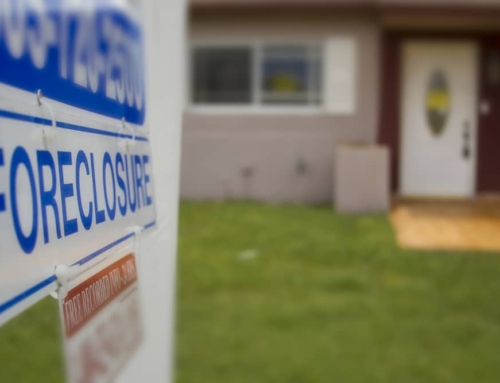Until the end of May, the last time I visited the Los Angeles metropolitan area was about 16 months ago. During that trip, I spent a night in Sherman Oaks and another night in Agoura Hills, before heading back home to Chicago.
Recently, I arrived for a conference and spent time again wandering around these two communities.
The only things that seem to have changed are the home prices (which appear to be dropping slightly) and the amount of time it takes to sell a home (which appears to have gone up dramatically).
According to Amy Crews Cutts, deputy chief economist of Freddie Mac, what’s going on in these southern California communities is somewhat indicative of what’s happening in the rest of the country.
Homes are still selling, albeit slowly. Sellers are starting to lower prices and developers are offering a tremendous amount of incentives to move their newly-built homes, she said.
But clearly, it’s not enough to turn things around for the overall residential real estate market.
“There are only two ways to clear out the existing housing inventories: If mortgage interest rates go lower or if sellers lower their prices,” said Mark Keisel, an executive vice president with PIMCO, an investment firm based in Newport Beach, California. “But it doesn’t look like the Federal Reserve Bank is inclined to lower interest rates too much and sellers are holding firm.”
“(Housing) inventories,” he observed, “are the best predictor of the future direction of a housing market.”
“There are 3.7 million existing homes for sale in the U.S., which is 20 percent above where it was last year. Inventories are not going down, the number of vacant homes for sale has soared, and you have concessions being handed out by home builders,” he added.
Keisel said he sold his own home in Southern California over a year ago, when he estimated the market was peaking. He’s been renting ever since and says he doesn’t expect to buy anything for another year or two.
Emile Haddad, chief investment officer of Lennar, says that he has been preparing his company for the lean times for the last 10 years.
Many home builders don’t understand that you have to prepare for the bad times during the good times, he explained.
Lennar, with was founded in 1954 and has approximately $10 billion in sales, has been walking away from options on land, and offering incentives to get houses sold.
“We talk to our managers all over the country at 5:00 pm every day. We are talking about the efficiency of the business and we want to know where everybody is,” he said.
But on a panel at a conference in Anaheim, Keisel, Crews Cutts and Haddad all agreed that the current state of the mortgage market could be better.
While Crews Cutts says the prime mortgage market “will be absolutely boring,” she isn’t sure how bad the subprime market will get.
“We’ve never been in a subprime credit cycle like this, because overnight all the liquidity evaporated,” she explained. “Who will service and negotiate these loans if the lenders have gone out of business?”
With mortgage fraud up an estimated 30 percent in 2006, Crews Cutts says it’s also unknown what will happen to these homes when the buyers walk away. It could be part a big part of the “vacant homes for sale” story.
“The problem with subprime loans and option ARM loans and interest-only loans is that defaults are going up. But early payment defaults are also high,” she said.
Subprime mortgages originated in 2006 are experiencing a greater number of defaults far earlier in the payment cycle than loans originated in previous years, Crews Cutts pointed out.
“One and a half percent of these loans are going bad in month 14,” she explained. “And the (interest rate) reset hasn’t even happened yet.”
What will happen when $1 trillion in adjustable rate mortgages resets in the next year?
That, says Crews Cutts and Keisel, will determine whether the real estate slowdown bottoms out this year, next year or at some indeterminate time in the future.
June 9, 2007






Leave A Comment